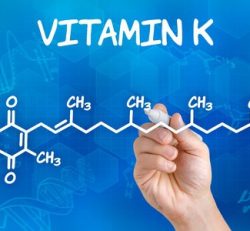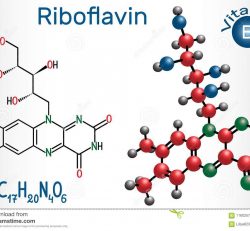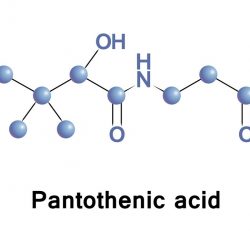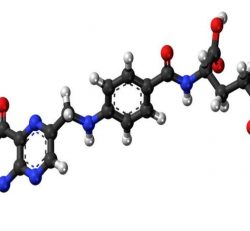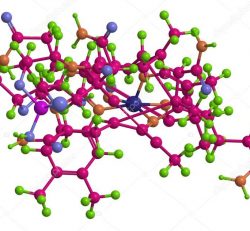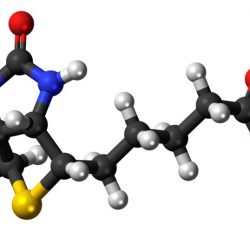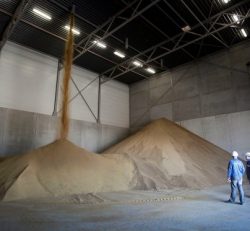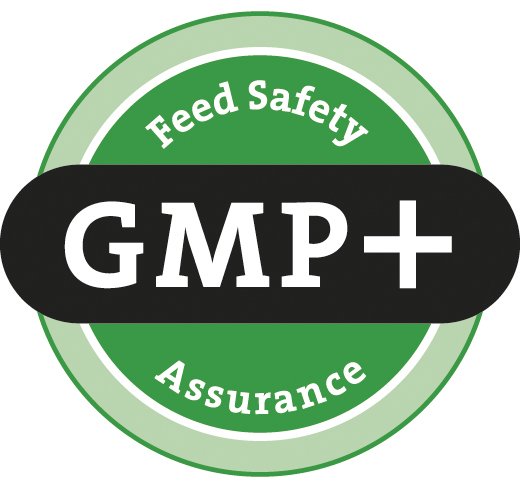HOW THE USDA IS WORKING TO SUPPORT TECH INNOVATION IN FARMING
As the 2018 World Agri-Tech Innovation Summit kicks off in San Francisco this week, Greg Ibach addresses a room filled with innovators and investors looking to change the face of agriculture. The USDA Undersecretary of Agriculture for Marketing and Regulatory Programs hails from Sumner, Nebraska, which has a population of 250 people. It’s where the sixth generation of his family farms today. Although they farm in a rural area, Ibach says his family is looking to the future and wants to embrace all that technology has to offer.
While there are undoubtedly obstacles ahead, technology and innovation could provide the solutions agriculture is looking for.
“Years ago, my granddad said that they are not making any more farmland,” he says. “I think that is truer today than it was back then. Between urbanization, the need for recreational space for those urban populations, and water shortages cropping up around the world, we are seeing the opportunity for farmland and farmable ground shrink not only in the U.S. but also in many places around the world.”
Yet, we need to be able to double food production by 2050 to feed a growing population. The latest numbers show the U.S. will be at 400 million people and the world’s population will be at 9.7 billion by 2050. Technology and innovation are going to be the key factors we need to focus our attention on to be able to meet the growing demand we will be faced with in the future.
FACING CHALLENGES WITH TECHNOLOGY
“The world’s farmers are looking for tomorrow’s technology and innovation today,” says Ibach. “It could be an almond farmer who must figure out how to balance nutrients and water availability with the challenges of harvest and controlling dust. It could be a Midwest farmer trying to figure out what seed variety to use on his soil type and wants to access big data and a network of farms to help him make the right decision. Farmers face challenges and many of those challenges have direct ties to technology and innovative solutions.”
Today, many farmers face labor shortages not only here in the U.S. but also round the world. Those labor shortages aren’t just on the farm. If farmers do embrace technology, there are also labor shortages in the personnel who are key to helping farmers implement the technology and to service it after the sale.
“More than ever in the U.S., farmers are facing challenges with profitability,” he says. “If they are facing a challenge with profitability, how do they embrace technology and the investment that may mean on their farms. Even though it may be what gets them over the hurdle to help them become profitable again, the investment upfront is a problem when they are not making money.”
The industry is also faced with increasing demands from consumers.
“They are demanding traceability, and it’s a challenge for many farmers,” says Ibach. “It used to be that people showed up at the grocery store and purchased what was for sale. Today, they want to know the story about how that product was produced, and they may be willing to pay a higher price to access that information. This is a huge opportunity to connect farmers with consumers and help them understand how food moves up and down the chain.”
Farmers are also facing challenges in being environmentally responsible.
“That’s not to mean we aren’t environmentally responsible, but rather that we are not able to convince our customers that we are doing things in an environmentally responsible way,” he says. “We are doing all kinds of things to manage nutrients, to manage soil, and to manage water, but we are having trouble telling that story.”
And then we are facing what Ibach calls branding confusion and the opportunity for a farmer to try and find his niche in the marketplace. Is he a conventional farmer trying to be the lowest-cost producer trying to feed people cheaply? Or is he an organic farmer who is delivering a specialty good to a consumer who wants food raised in a certain way?
DEREGULATION, TECHNOLOGY USE AT USDA
“There are so many opportunities out there, and farmers are seeking your help,” he told the audience. “They are seeking your ideas and advice. But they are also looking to government for some help, and it’s a challenge because when did the government really show up to help anyone?”
He says regulatory relief is one of the things U.S. farmers are looking for. In the first year of the Trump administration, the USDA has eliminated 22 regulations for every one new regulation brought to the table.
“In many cases, farmers and entrepreneurs are finding opportunities that deregulation brings along with it to spur innovation and opportunities at the very local level,” says Ibach. “In the USDA alone, we are going to deliver $58 million in savings to farmers and ranchers through deregulation.”
Farmers are looking for opportunities to access technology and do their work at times that are not necessarily in a normal work day. Just a month ago Farmers.gov was unveiled, which is USDA’s vision to allow producers access to government programs at FSA, NRCS, as well as crop insurance products 24-7.
“We are also working to be able to provide market information at a timely, unbiased, and reliable place online through the MARS project at AMS,” he adds. “This will provide all kinds of information about current markets not only for large commodity crops but also for specialty crops like grass-fed pork.”
Biotechnology is another area they are working hard to be able to deliver on. They are in the process of looking at ways to decide which biotechnology events they need to regulate and which ones they have already made a decision on and don’t need to continue that review process. The USDA is also looking to join many leaders in the world to foster a new era in biotech innovation that includes not only big companies but also mall entrepreneurs who can’t afford to go through a highly regulated process in order to bring innovation to farmers and ranchers.
INVESTING IN INFRASTRUCTURE
“Finally, the one big challenge I think we need to address in rural America to allow farmers and ranchers access to the technology and innovation we’re seeing in agriculture is infrastructure – namely broadband,” says Ibach. “If you have the latest and greatest idea that lets you communicate what’s going on at your farm to the consumer but you don’t have access to the internet to be able to do it, that’s a problem. If you have to gather data at the chute or in the field and then enter that information back at the house because you don’t have access to broadband anywhere else on the farm, that’s a problem.”
Addressing connectivity issues, he believes, is one of the partnerships you will see in the president’s infrastructure proposal. “We’re looking for partners not only in private industry but also in state government to join with the federal government to improve access to broadband,” says Ibach.
Soure: www.agriculture.com


